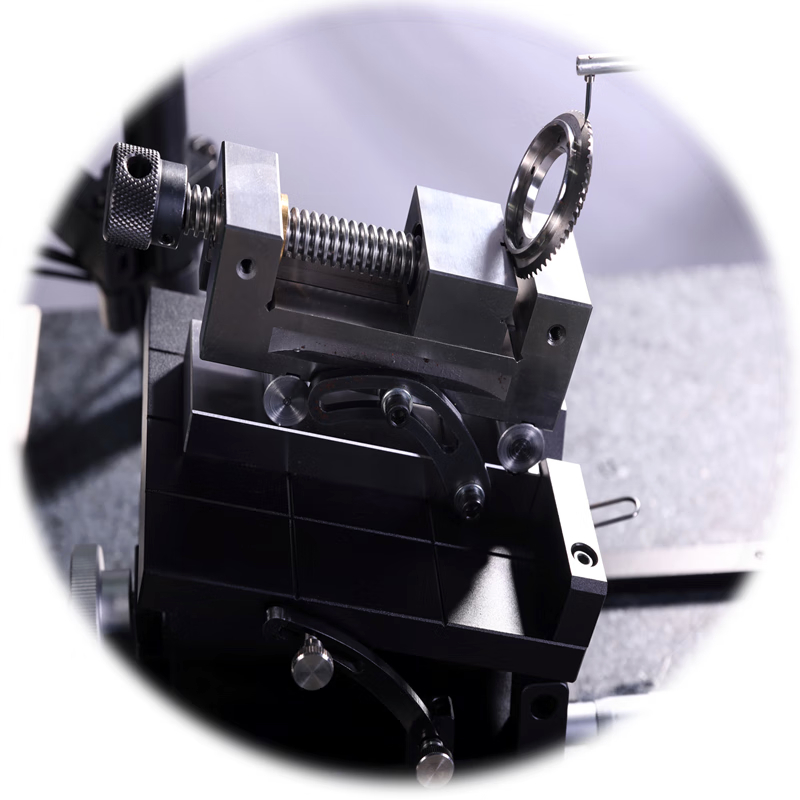Shrimp and crab farming has experienced rapid growth in China's aquaculture industry, particularly in provinces like Jiangsu and Zhejiang. The average profit per mu for general shrimp farming is around 1,200 yuan, while a mixed shrimp and crab pond can generate between 1,500 to 2,000 yuan per mu. Overall, aquaculture remains one of the most efficient sectors within agriculture. However, with the aging of fish ponds, increasing industrialization, and urban expansion, there is growing pressure to maximize yield per unit area, improve the quality of aquatic products, and enhance breeding efficiency within limited space. To address these challenges, we have visited several highly successful local farmers and gathered their insights, hoping to offer useful guidance to others in the field.
One such example is my brother Tang Yuedong from Shanlian Village. He manages a 25-mu farm and has been raising river crabs for over five years. His annual yield per mu consistently exceeds 6,000 yuan. In 2005, he had a 10-acre pond where he released 6,300 crabs at a size of 160 per kilogram in March. By the end of October, the survival rate reached 85%, with each crab weighing more than 250 grams. With an average of 360 kilograms per mu, the yield was about 130 kilograms per mu, generating an income of 7,000 yuan per mu. His success comes from careful planning and effective management.
First, pond preparation is crucial. The selected pond should be 5-10 acres in size with a depth of at least 1.5 meters. Before stocking, the pond must be thoroughly cleaned using 80 kg of quicklime. It’s also important to prepare sufficient animal and plant feed. For animal feed, snails are essential—around 800-900 kg per acre. For plant feed, waterweed (Elodea) should be cultivated starting in May or June, and regularly cut to maintain a height that doesn’t exceed the water surface. The coverage of aquatic plants should be about 60% of the total pond area.
Next, seed selection plays a key role. Crabs must be carefully chosen—look for those with intact limbs, a neat appearance, and a strong body. Before release, they should be soaked in potassium permanganate solution. Stocking density should also be adjusted. Instead of the traditional 500 crabs per mu, he increases it to 700-800 per mu, with each crab sized between 100-160 per kilogram.
Daily management includes proper oxygen control. Each pond should have aeration equipment, especially as stocking density increases. Aerator pumps are added every 3 mu of water, and during peak growth seasons, aeration should be maintained regularly to ensure a comfortable environment for the crabs, promoting faster growth.
Water quality management is equally important. Freshwater should be continuously added and replaced, with one-third of the pond water exchanged at a time. Disinfectants like bromine and iodine preparations are commonly used. The pH level should be kept around 8.5; if it becomes too high, calcium-reducing agents are used to lower it.
Feed management follows a "two-phase" approach. In the early stage, commercial crab feed is primarily used. In the middle phase, soybean meal, corn, and pumpkin are introduced, and later, fresh or frozen small fish are added.
Finally, sales strategies are critical. Beyond the main crab season, packaging and marketing play a big role. Many local businesses use premium crab gift boxes to give as gifts during holidays. Some crabs are reserved for the New Year and Spring Festival periods when demand is high, leading to better prices and higher profits.
In summary, Tang Yuedong's success lies in preparing adequate animal and plant feeds, increasing stocking density, incorporating advanced aquaculture techniques, and investing in aeration systems. By focusing on high input, he achieves high yields and significant economic returns. This model offers valuable lessons for other farmers looking to optimize their aquaculture operations.
Profilometer
A profilometer is a precision equipment used to measure the shape of various mechanical parts' lines and cross-sectional contours. The instrument workbench adopts high-precision horizontal air floating track and rolling vertical track, with high movement accuracy, good stability, and long service life; High measurement efficiency, simple operation, suitable for use in workshop inspection stations or measurement rooms.

The instrument workbench adopts high-precision horizontal air floating track and rolling vertical track, with high movement accuracy, good stability, and long service life; High measurement efficiency, convenient card installation, simple operation, suitable for use in workshop inspection stations or measurement rooms. This instrument can further develop software according to the needs of users, meet their measurement shape requirements more widely, and is equipped with various equipment components for users to choose and use according to their own requirements.
A Profilometer is a precision equipment used to measure the shape of various mechanical parts' lines and cross-sectional contours. In the bearing industry, it is possible to measure the contour shapes of various rolling elements and raceways, such as protrusion, contact angle, surface curvature radius, and reference part angle. In the mechanical industry, it is possible to measure the straightness, line profile, parallelism, inclination, and angle of various parts. Especially suitable for measuring the appearance of pistons in automobiles, tractors, and motorcycles. The production instruments of this research run enterprise are controlled by microcomputers, which automatically achieve measurement cycles, eliminate installation errors, directly display the shape and parameters of the measured parts, and can print graphics and data for product quality testing and process analysis.
Profile projector,Roughness Tester, Thickness Tester, Profilometer
Zhejiang dexun instrument technology co., ltd , https://www.dexunmeasuring.com
